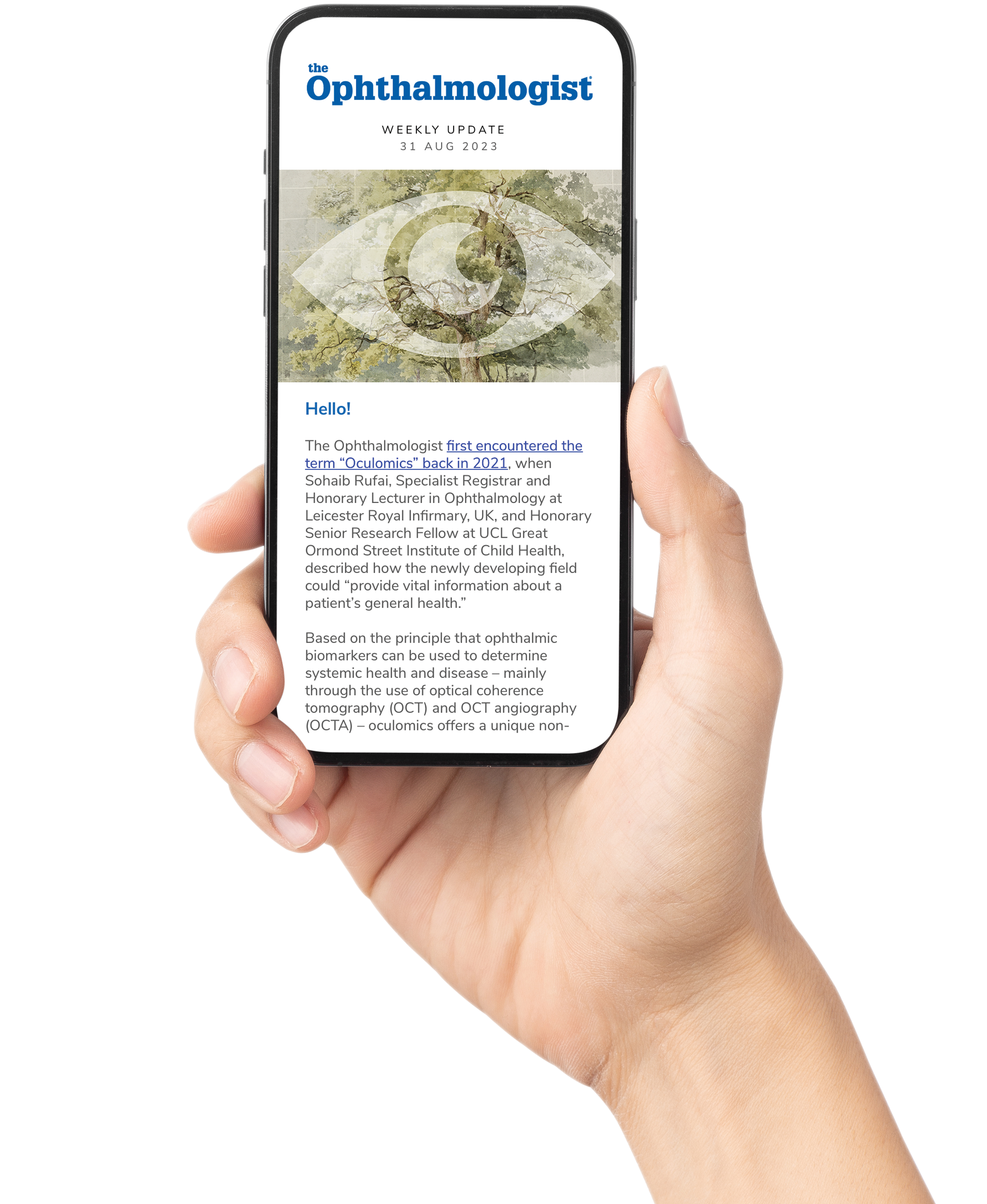More than half of adults in the US and Europe report symptoms of dry eye disease, and yet fewer than one in five receive a diagnosis, according to new research presented at the 43rd Congress of the European Society of Cataract and Refractive Surgeons (ESCRS), Copenhagen, Denmark.
Findings from the “Needs Unmet in Dry Eye: Symptoms, Treatment and Severity (NESTS) study,” led by Piotr Wozniak (Optegra Eye Clinics, Warsaw), reveal that 58% of the general population experiences dry eye symptoms. However, only 20% of Europeans and 17% of Americans with symptoms were formally diagnosed, with many waiting years before seeking professional help.
Conducted by Bausch and Lomb, the international NESTS survey included more than 5,000 participants across the UK, France, Germany, Poland, and Saudi Arabia. Results showed that up to one-third of patients endured symptoms for over five years before consulting a healthcare professional, and half reported daily symptoms. Nearly two-thirds delayed care for at least four months; 20% waited over a year.
Dry eye also leads to significant lifestyle restrictions: 17% of survey respondents stopped driving at night, 15% reduced heating or air conditioning use, and 15% stopped wearing makeup due to uncontrolled symptoms. One in three patients reported worsening symptoms in the past year.
While lubricating eye drops were the most common treatment, only 25% of patients felt their therapy was tailored to their needs. National differences in follow-up were also observed: fewer than half of French patients had planned reviews, compared with 84% of patients in Saudi Arabia.
In the US arm, 80% reported associated symptoms such as fatigue, itching, or watery eyes, but only 17% had a diagnosis. Seventy percent lacked knowledge of treatment options, and 40% were unaware that untreated dry eye could cause further ocular complications.
Wozniak observed that the findings “highlight the widespread impact of dry eye disease on quality of life, showing a large number of people suffering silently.”
“We need to educate patients and the public on the causes, consequences and treatment options for dry eyes, as well as the importance of regular eye checks,” he added. “In addition, we must support healthcare professionals in distinguishing between different types of dry eye and matching treatments appropriately. One person’s ‘dry eye’ can be very different from another’s.”
ESCRS President and Head of the Ophthalmology Department at Hospital da Luz in Lisbon, Portugal, Filomena Ribeiro, added: “These findings reveal the true extent of dry eye disease in the general population. It is concerning that such a small proportion of sufferers seek help for the condition, especially as it can make a real difference to the outcomes of ophthalmological surgery and also to their quality of life.”
Source: ESCRS Congress 2025.
